
Company Exports First Cargo of Steel to Iraq

The shipment was valued at $250,000 paid in cash, according to IME data, IRNA reported.
IME is a commodities exchange based in Tehran. Founded in 2006, IME trades in agricultural, industrial and petrochemical products in the spot and futures markets.
Iran’s steel exports to Iraq have been meager in recent years as local steelmakers largely failed to capitalize on the neighboring country’s booming construction market.
According to Nasse Kan’ani, head of the Foreign Ministry’s Special Iraq Committee, the neighboring Arab nation suffered $100-150 billion in economic loss as a result of war against terrorist groups in recent years. As it emerges from war and civil strife, he says, Iraq is seen as a unique market, especially given that the country does not produce much.
There is also the fact that Iranian steelmakers are bracing themselves for a year of overcapacity as the government’s newly proposed budget bill is set to slash the development budget, negatively affecting steel usage in the next fiscal (March 2018-19).
Iranian construction material producers, such as the steel and cement industry and their downstream plants, have traditionally been dependant on government financing of infrastructure projects for demand stimulation. This is while the local construction market is stagnant for years with demand for related materials such as rebar at all-time lows.
Exporting to a country emerging from war and destruction and in need of massive reconstruction should help Iran producers handle overcapacity with less pain.
Rouhina Steel’s first production phase was launched in March with the capacity to produce 500,000 tons of rebars per year. The capacity is to rise to about 3 million tons in two years. The plant was set up with a $39.47 million investment by the private sector using domestic and international financing.
According to the company’s CEO Mohammad Jaberian, Rouhina Steel’s second phase will come on stream by the yearend in March 2018.
The new budget bill proposes about 600 trillion rials ($14.28 billion) for development projects next year – down 110 trillion-rial ($2.6 billion) compared to last year.
Iran has set a target to expand steel output capacity to 55 million tons by the end of 2025, and to export 20-25 million tons of the output. As such, expanding its export base will be the industry’s primary concern as local demand is unlikely to pick up anytime soon.


Caterpillar sees US tariff hit of up to $1.5 billion this year

Australia pledges $87M to rescue Trafigura’s Nyrstar smelters in critical minerals push

SAIL Bhilai Steel relies on Danieli proprietary technology to expand plate mill portfolio to higher steel grades

Alba Discloses its Financial Results for the Second Quarter and H1 of 2025
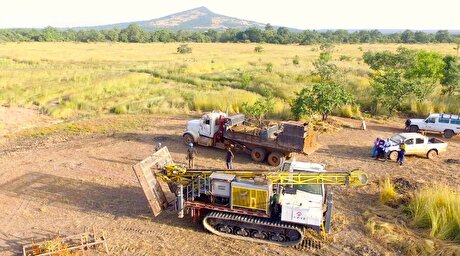
Fortuna rises on improved resource estimate for Senegal gold project
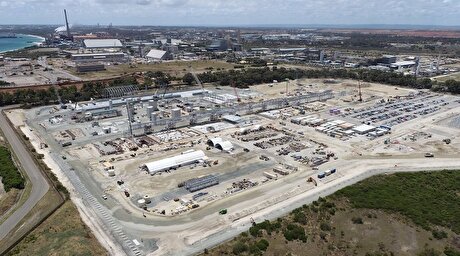
Tianqi Lithium Australia JV says it is prioritizing long-term viability of refinery

Fresnillo lifts gold forecast on strong first-half surge

Copper price slips as unwinding of tariff trade boosts LME stockpiles

Why did copper escape US tariffs when aluminum did not?
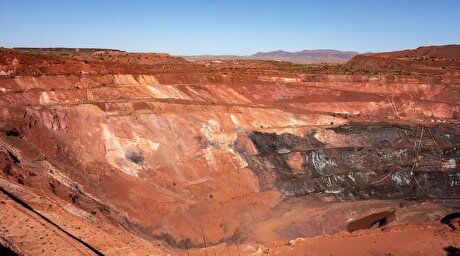
New research reveals source of world’s richest lithium deposits

Century Aluminum to invest $50M in Mt. Holly smelter restart in South Carolina
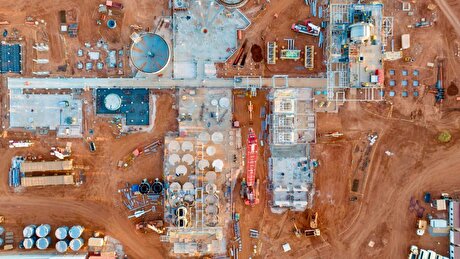
Australia to invest $33 million to boost Liontown’s Kathleen lithium operations
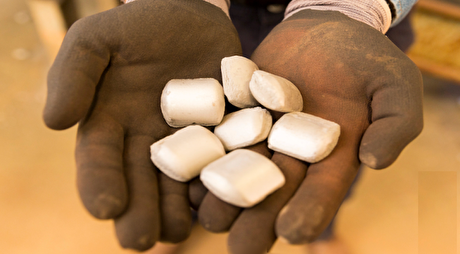
Glencore warns of cobalt surplus amid DRC export ban
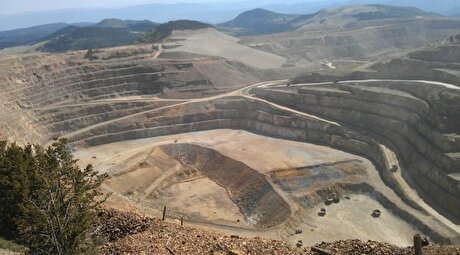
SSR Mining soars on Q2 earnings beat

A Danieli greenfield project for competitive, quality rebar production

China limits supply of critical minerals to US defense sector: WSJ
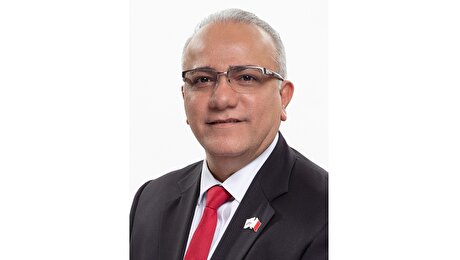
Alba Hits 38 Million Safe Working Hours Without LTI
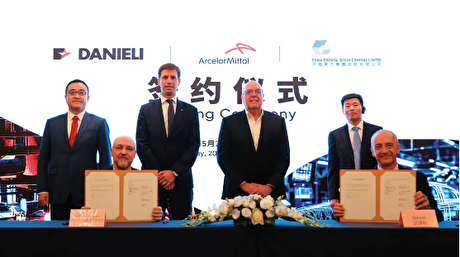
Advanced cold-rolled strip for China’s New Energy Vehicle market

Codelco seeks restart at Chilean copper mine after collapse

Century Aluminum to invest $50M in Mt. Holly smelter restart in South Carolina

Australia to invest $33 million to boost Liontown’s Kathleen lithium operations

Glencore warns of cobalt surplus amid DRC export ban

SSR Mining soars on Q2 earnings beat

A Danieli greenfield project for competitive, quality rebar production

China limits supply of critical minerals to US defense sector: WSJ

Alba Hits 38 Million Safe Working Hours Without LTI

Advanced cold-rolled strip for China’s New Energy Vehicle market

Codelco seeks restart at Chilean copper mine after collapse














